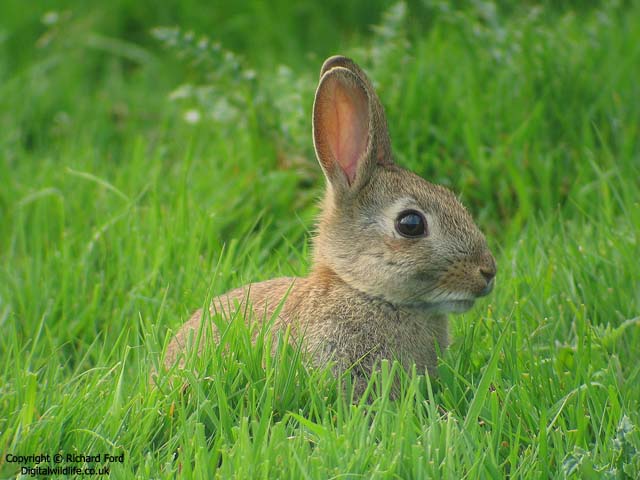Nutrition
Oryctolagus cuniculus
is primarily a herbivore, but on rare
occasions these rabbits have been seen eating meat.
Its diet primarily consists or leaves, roots and tubers,
wood, bark, stems, seeds, grains, nuts, fruits, and flowers.
Rabbits have also been known to eat vegetables out of gardens
such as lettuce, cabbage, etc. Although the diet is
relatively low in nutritional value and high in indigestible
material, bacteria help them by breaking down some of the
indigestible material. This occurs in the rabbit’s large caecum. Occasionally, the rabbit will defecate the
contents of the caecum and then reingest the feces. This
allows the essential nutrients to be absorbed into the body
resulting in extra nourishment. The process of eating the
feces is called coprophagy.
Ever curious how rabbits
reproduce? Click here!
Go back to adaptations
Home
